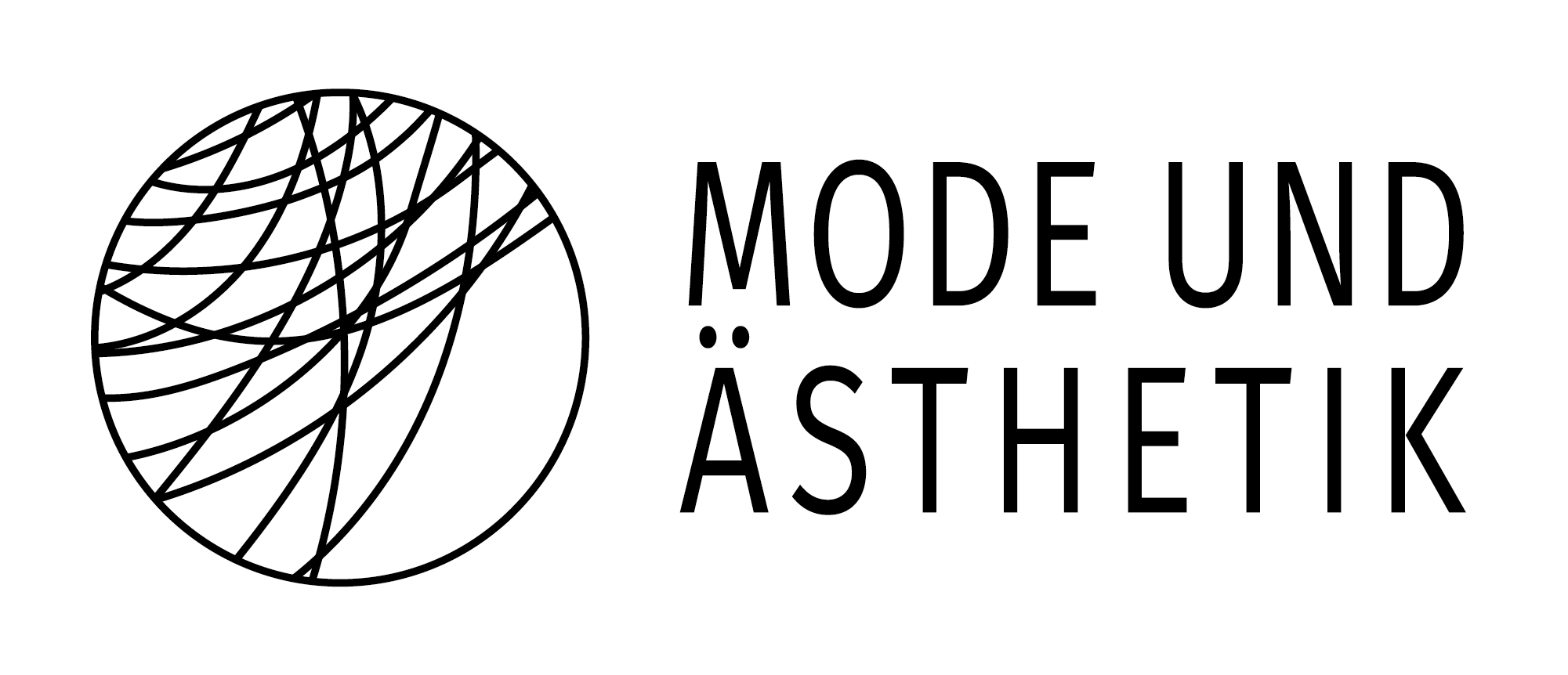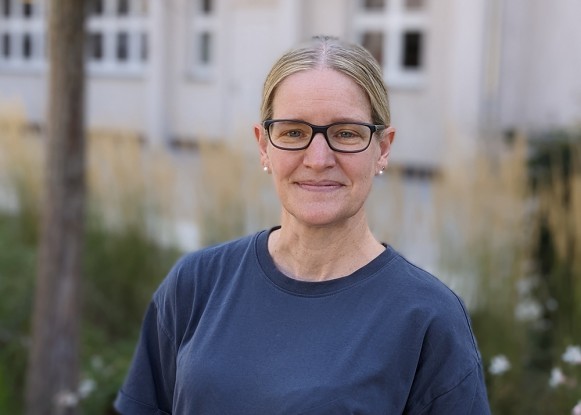In the context of the “CHIC! Mode im 17. Jahrhundert” (CHIC! Fashion in the 17th century) exhibition at the Hessisches Landesmuseum Darmstadt, the Hessian state museum and the section Fashion & Aesthetics at Technical University of Darmstadt cooperated.
Courtly fashion in the 17th century was shaped by various influences: Spanish fashion at the beginning of the century, which was already slightly outdated in the rest of Europe, Dutch influences and above all the style-setting French fashion. But apart from courtly usages, the clothing of the time was also defined by official and unofficial dress codes, ciphers and the attribution of (status) symbols. As a result, fashion and clothing often functioned in a multi-coded way as symbols that transcended their veiling character. These symbols, in turn, were often understood by many, though certainly not all members of a social class, gender or culture.
At the same time, the Baroque, the golden age of emblematics, elevated the codified witty encoding of intellectual content to an art form. Clothing and their representation in painting, in which they and their use have mostly survived today, thus function in a twofold manner as bearers of the symbolic. As worn material, they refer to the taste and status of the wearer. In the staging of the scene, they also assume reference functions through the deliberate use of certain materials, colours or fashions. And finally, the pictorial treatment of textile surfaces was always considered proof of artistic skill, too, which was often a reflection of the genre itself.
For the conference, the symbolic nature of – both courtly and rich bourgeois as well as everyday or peasant – clothing will be discussed. How clothes and fashion of the 17th century fall into place with respect to their symbolic nature and their actual material will also be discussed. Apart from looking at European arenas, transcultural interconnections based on missionary work and colonisation, trade or war and diplomacy will be examined as well. Questions regarding individual or group-based acquisition and getting around rules and orders can be asked including questions regarding their implications and consequences both on a symbol level and based on real stories about clothes. With this in mind, it is important to look at and reflect on the sources discussing 17th century clothing.
| Conference programme, 06 October | |
| 4 pm – 6 pm | |
| 6 pm – 7 pm | Opening address: Prof. Dr. Philipp Zitzlsperger “Kleidung im Bild zwischen Authentizität und Idealisierung (clothing in images from authenticity to idealisation)” |
| 7.30 pm | Dinner together |
| Conference programme, 07 October | |
| 9.30 am – 10.15 am |
Dr. Johannes Pietsch Befitting one’s station – Clothes as worn in Cologne of the 17th century |
| 10.15 am – 11 am |
Dr. Jutta Zander-Seidel „Nobody could take them for women“. Androgynous fashion around 1600 as worn in real life and in pictorial reality |
| 11 am – 11.30 am | Coffee break |
| 11.30 am – 12.15 pm |
Janine Jakob M.A. “Edler Putz macht Damen (precious finery makes the lady).” Early-modern fashion of the Old Swiss Confederacy between mandate and practice |
| 12.15 pm – 1 pm |
PD Dr. Christian Kuhn „Kardinalshut“ oder „Krone“ (cardinal's hat or crown). The semantics of clothes in French diatribes of the 17th century |
| 1 pm – 2.30 pm | Lunch break |
| 2.30 pm – 3.15 pm |
Dr. Alexandra Karentzos “In Luxus und Seide gehüllt (draped in luxury and silk)” – global interdependence of fashion in the 17th century |
| 3.15 pm – 4 pm |
Miriam Oesterreich M.A. Koloniale Austauschprozesse (processes of colonial exchange): Early-modern reception of Latin American textiles in Europe |
| 4.45 pm – 4.30 pm |
Concluding panel discussion Symposium in the context of the “CHIC! Mode im 17. Jahrhundert” (fashion in the 17th century) exhibition at the Hessisches Landesmuseum Darmstadt, the Hessian state museum of Darmstadt. |
Organisation and management of the conference: Prof. Dr. Alexandra Karentzos and Miriam Oesterreich, M.A. (both at Section of Fashion and Aesthetics at TU Darmstadt), Dr. Wolfgang Glüber (HLMD).
Venue: Auditorium of the Hessisches Landesmuseum Darmstadt
The number of participants is limited. Free participation in the symposium (not included dinner on 06 October and lunch break on 07 October).
Send binding registration until 30 September 2016 to Heiko Söker, email: soeker@bpaed.tu-darmstadt.de
Address: Hessisches Landesmuseum Darmstadt, Friedensplatz 1, 64283 Darmstadt, phone +49 (0) 6151 1657000, info@hlmd.de www.hlmd.de





